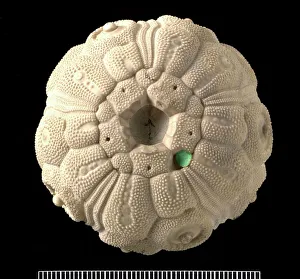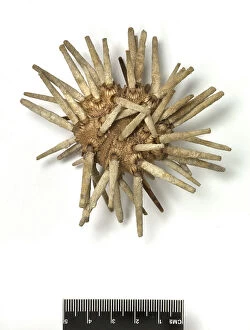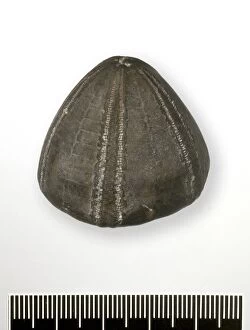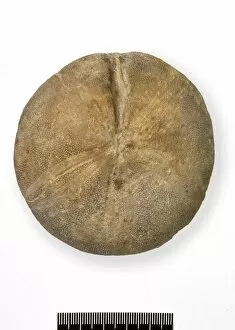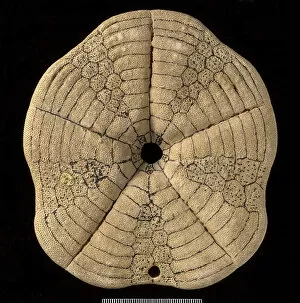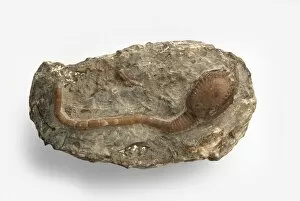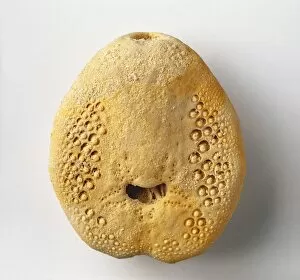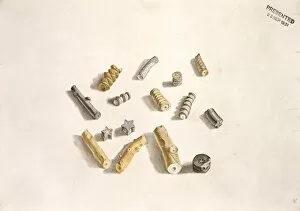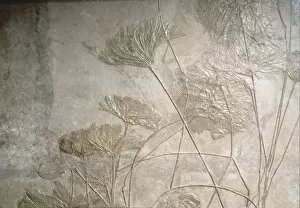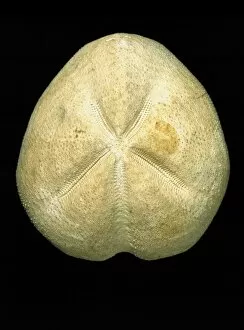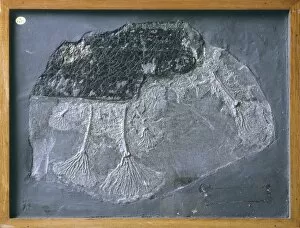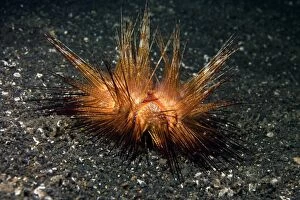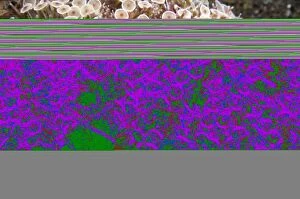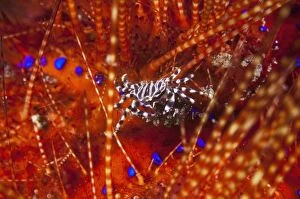Echinoid Collection
"Echinoids: A Fascinating World of Ancient and Modern Sea Urchins" Meet Tylocidaris clavigera
All Professionally Made to Order for Quick Shipping
"Echinoids: A Fascinating World of Ancient and Modern Sea Urchins" Meet Tylocidaris clavigera, a remarkable species of sea urchin known for its spiky appearance and vibrant colors. Temnocidaris sceptrifera, a fossil echinoid that offers us a glimpse into the ancient marine life that once thrived on our planet. Crinoids, often mistaken for plants, are actually distant relatives of echinoids with delicate feathery arms swaying in ocean currents. Eucidaris tribuloides, an enchanting sea urchin found in tropical waters, showcases intricate patterns and formidable spines for protection. Micraster coranguinum (Leske), commonly referred to as the shepherds crown echinoid, is an exquisite example of nature's craftsmanship. Conulus albogalerus (Leske), another member of the Shepherds Crown family, displays stunning symmetry and intricate designs on its surface. Clypeaster altus takes us back in time as we explore this fossilized echinoid shell from ages past - a testament to Earth's rich history. Echinocorys scutata Leske introduces us to the fairy loaf echinoid with its distinctive shape resembling a whimsical pastry delight. Clypeus ploti reveals itself as yet another fascinating fossil echinoid specimen that captivates with its unique features frozen in time. Discover the unexpected beauty within flint handaxes incorporating fragments of fossil echinoids - evidence of early human fascination with these creatures. From ancient fossils to living wonders beneath the waves today, echinoids continue to amaze us with their diversity and resilience throughout millions of years on Earth's ever-changing stage.


